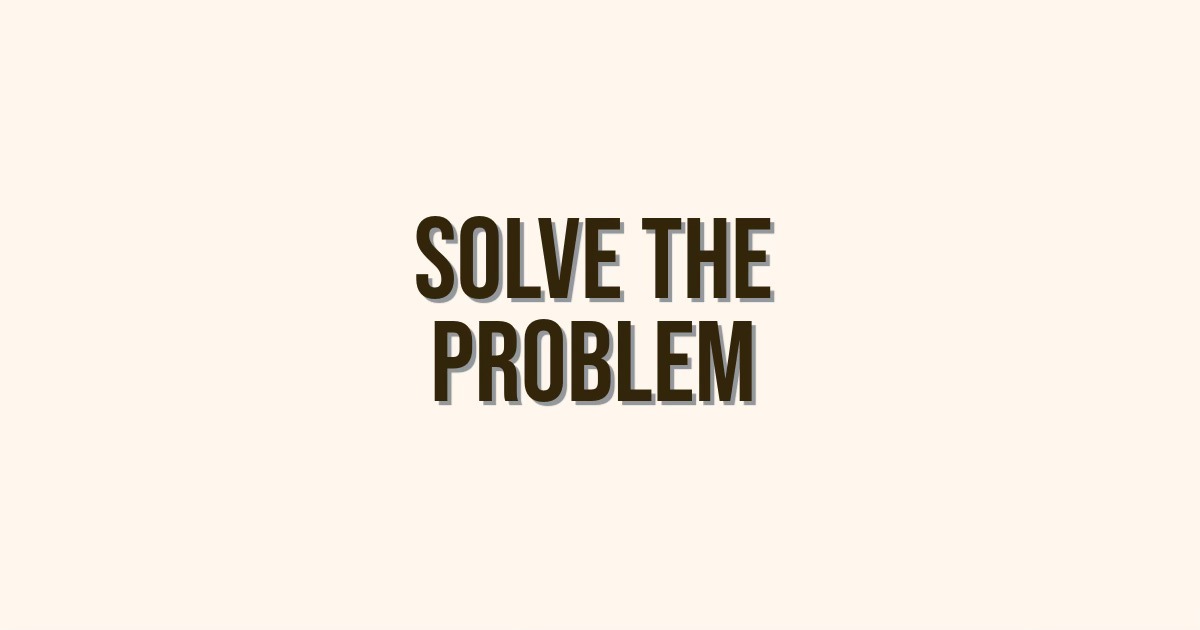TIP #2 | What problem do you need to solve?
Think of communication as problem-solving, particularly during difficult times.
This Substack is dedicated to helping people everywhere communicate more effectively about difficult topics. The pieces go in order so if you haven’t started at the beginning, go back to the main page and scroll down.
In tip #1 I encouraged you to be brave and decide to have the difficult conversation.
Now we’re ready for tip #2.
Once you’ve decided to address the elephant in the room, it’s crucial to thoughtfully decide what you want to say.
Never start communicating about something challenging without a solid plan in place. Begin every conversation knowing in advance what you want to say. We’ll tackle more about that in a subsequent post.
Once you’ve decided to have the difficult conversation, you have to think clearly about why. Yes, why.
Don’t worry. I already know the answer. You need to say something because you need to solve a problem.
Communication is a lot of things, but in this case it’s problem-solving.
Here’s how that works. Let’s say you’re the head coach of a prize winning little league team and the parent who helps you with the financial details has been charged with fraud. That’s never good.
In this case, the problem is that you rely on parent trust and corporate gifts to fund team operations so you must restore trust and make sure systems are corrected so this can’t happen again. If parents and the community don’t want to participate any more, you’re done.
All of your communications on this topic should solve the principal problem of restoring trust and correcting the system failure. There may be other problems to solve, so tackle them in order of importance.
When you think strategically about what to say, have your specific communications goal in mind.
Answer the why before you answer the what. I guarantee that it will be worth your while.
Click here for a link to Tip #3 - say as much as you can upfront and get it behind you! Don’t belabor the point and don’t leave anything out. Message to solve the problem and then move on.


